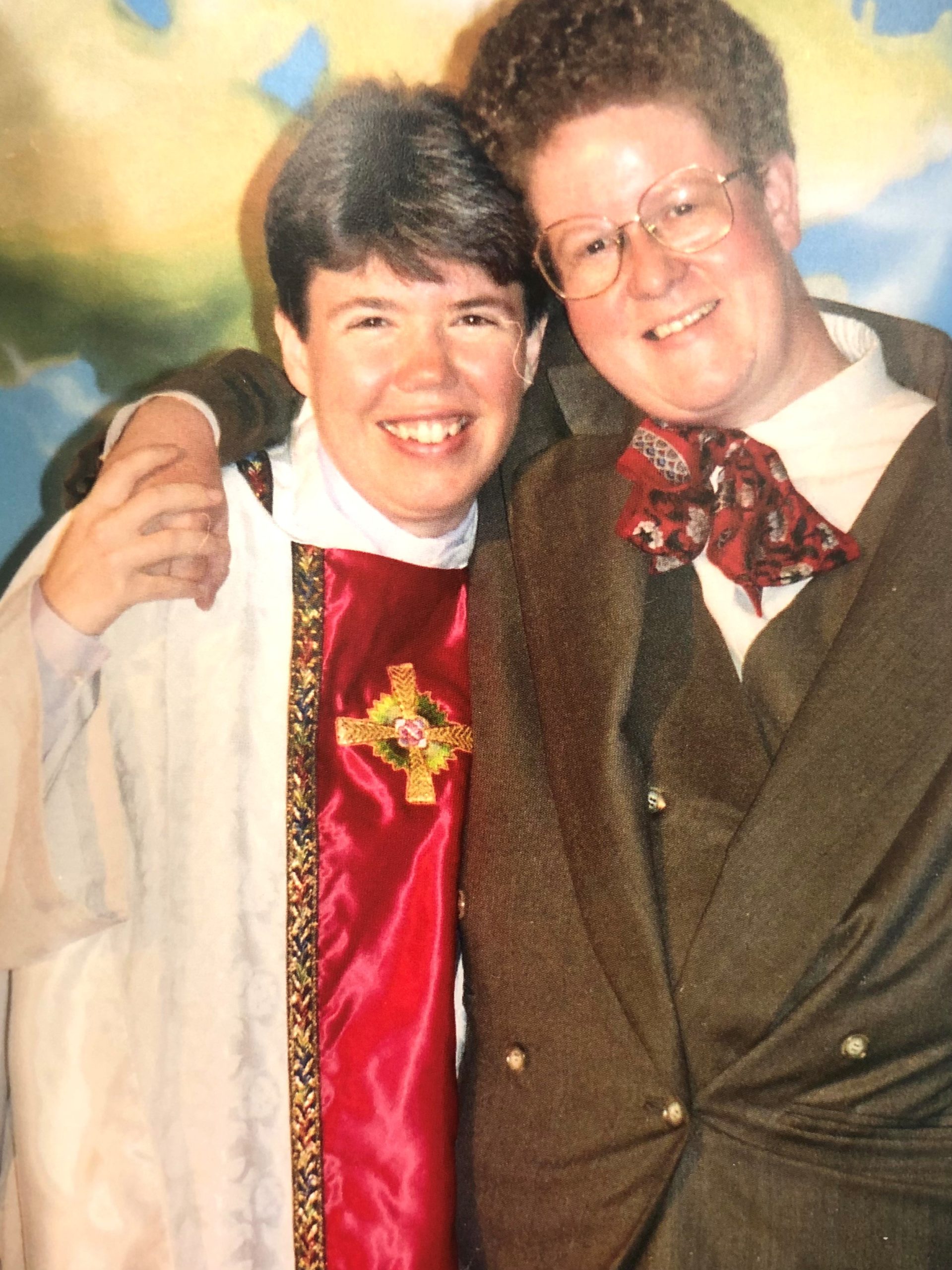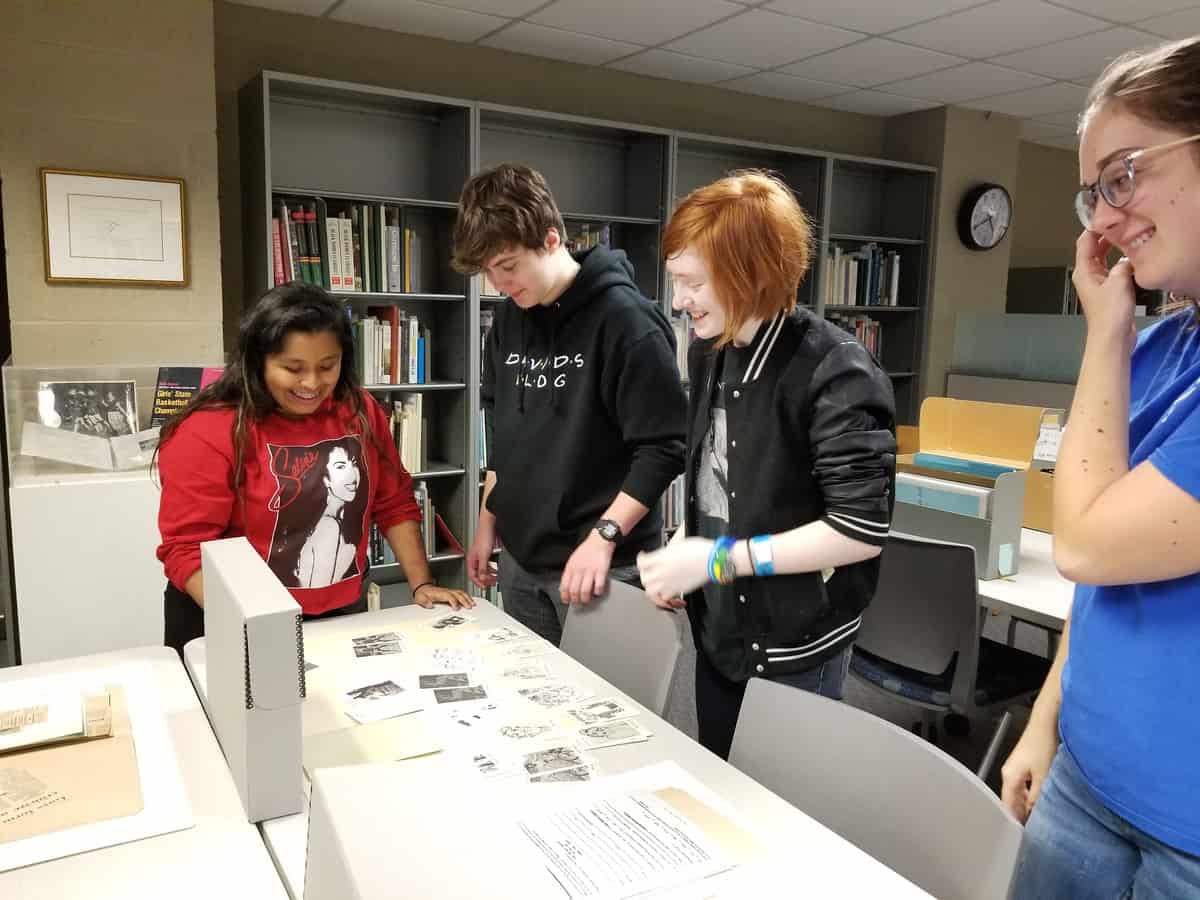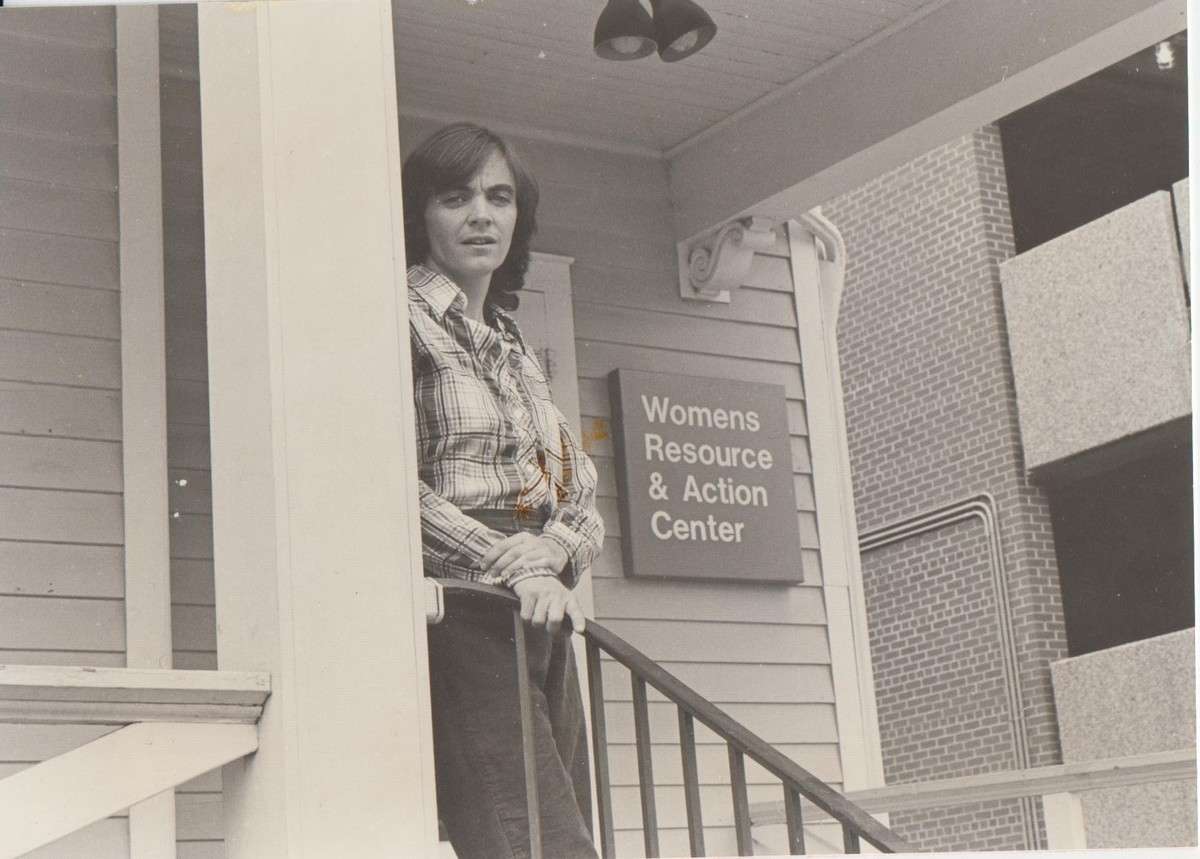This post was written by IWA Student Specialist, Abbie Steuhm. The LGBTQ+ community has grown in incredible size and visibility in the last decade. The legalization of same-sex marriage in the U.S. in 2015 was a colossal milestone for LGBTQ+ rights, and it has arguably helped in the normalization and acceptance of LGBTQ+ people nationwide.Continue reading “Kittredge Cherry and Audrey Lockwood: A Love Story”
Tag Archives: LGBTQ
Activists in the Archives: Connecting High School Students with Local LGBTQ History
Guest post by Dr. Heather Cooper, Visiting Assistant Professor in History and Gender, Women’s, and Sexuality Studies During LGBTQ History Month in October 2018, I worked with the Iowa Women’s Archives and University Special Collections to organize an archives visit for students from West Liberty High School. The several students who were able to attendContinue reading “Activists in the Archives: Connecting High School Students with Local LGBTQ History”
Iowa City Feminists: The Women’s Resource and Action Center
“We will meet all of us women of every land. We will meet at the center, make a circle. We will weave a world we to entangle the powers that bury our children.” — cover art for WRAC’s December 1978 newsletter Iowa City’s Women’s Resource and Action Center (WRAC) opened in 1971 as a place for womenContinue reading “Iowa City Feminists: The Women’s Resource and Action Center”
Celebrating LGBT History Month
This post was written by Christina Jensen, Student Assistant in the Iowa Women’s Archives and graduate student in the UI School of Library and Information Science. October is LGBT history month! To celebrate, we’re taking a look at some of the eye-catching cover art of Better Homes and Dykes, from the Jo Rabenold papers. Continue reading “Celebrating LGBT History Month”
Online exhibit on LGBTQ life in Iowa City earns honorable mention from OutHistory.org
The Iowa Women’s Archives and University of Iowa Archives Collaborated on the exhibit entitled “LGBTQ Life in Iowa City, Iowa: 1967-2010,” which was entered in the “Since Stonewall Local Histories Contest” hosted by OutHistory.org. Kären Mason, curator of the Iowa Women’s Archives and David McCartney, University Archivist, curated the exhibit, which was posted along withContinue reading “Online exhibit on LGBTQ life in Iowa City earns honorable mention from OutHistory.org”


